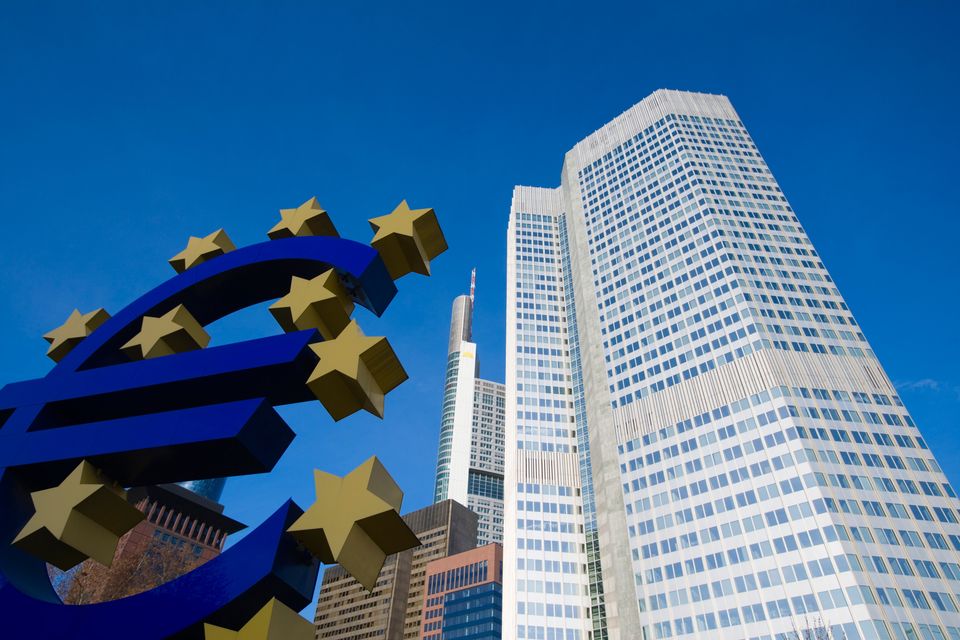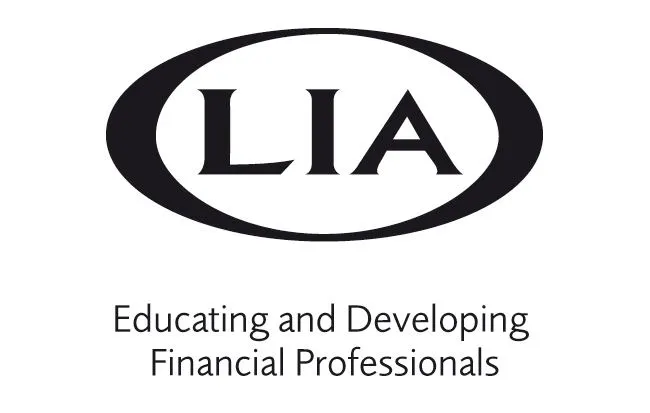Borrowers are being hit with a 10th interest rate rise by the European Central Bank in a move that is set to suck billions of euro out of household budgets.
It had been hoped that after nine hikes in lending rates, the ECB would decide to pause hiking rates again this month.
But fears that inflation is proving persistent have prompted the governing council of the Frankfurt-based central bank to push up rates by 0.25 percentage points again in the hope of bringing down the rate of inflation.
The key refinancing rate, which trackers are priced off, is now 4.5pc.
The European Central Bank’s main interest rates have been increased 10 times over the past 14 months in response to soaring inflation
The European Central Bank’s main interest rates have been increased 10 times over the past 14 months in response to soaring inflation
He said that since the ECB started to raise its rates in July last year, existing tracker mortgage holders have already seen their repayments increase by €461 monthly, or €5,532 annually.
This is based on a €220,000 mortgage with 15 years remaining.
Each 0.25 percentage point rise in mortgage rates adds around €156 to the annual repayments on each €100,000 borrowed over 25 years.
Higher interest rates have also restricted how much house-hunters can borrow.
This is because the amount of demonstrated repayment capacity banks want to see has increased by as much as €600 monthly for a €300,000 mortgage.
This means banks want to see mortgage applicants save a whole lot more each month, Mr Sheahan said.
The ECB’s main lending rate, off which trackers and mortgages are priced, is now 4.50pc, up from 4.25pc previously.
Tracker customers will see an almost immediate hike in their mortgage rate of another 0.25 percentage points.
Those paying a margin of 1 percentage points will now be paying 5.50pc, according to Daragh Cassidy of broker Bonkers.ie.
“In money terms, if you have €100,000 remaining on your tracker your repayments will go up by around another €12 or €13 a month. If you have €200,000 outstanding it’ll be around €25 more.”
He said that when all increases since last July are taken into account, a tracker customer with an outstanding balance of €200,000 over 10 to 15 years is now looking at repayments that are well over €400 a month higher.
People on variable rates are also likely to see another hike in their repayments over the coming weeks.
Mr Cassidy said that those on fixed rates who are due to come to the end of their fixed-rate agreement within the next two years also need to start budgeting for higher repayments.
This is because the rate they are paying now is likely to be a lot lower than the rate they will get when they come to re-fix.
Borrowers who took out a fixed rate over the past three or four years will likely be paying a rate of between 2pc and 3.5pc.
However, most fixed rates are now between 3.75pc and 5.50pc. These rates are likely to go higher after today’s announcement.
And Mark Coan of money guide Moneysherpa.ie said it is very unlikely rates will return to the near zero levels we saw after the banking crisis.
Forecasters now predict rates staying above 4pc until 2024, then levelling out at 3pc to 4pc in 2025.
Mr Coan said this means we are very unlikely to ever see a return to the unprecedented rock bottom rates we had from 2008 to 2022.
Source: Charlie Weston, Irish Independent, 14/09/2023
We can help take the effort out of this for you by demonstrating how this would work for you and your family and providing you with one cohesive Holistic Lifestyle Financial Plan.
You can arrange a meeting by clicking here to access my diary, email info@smartfinance.ie or call 087 8144 104.







